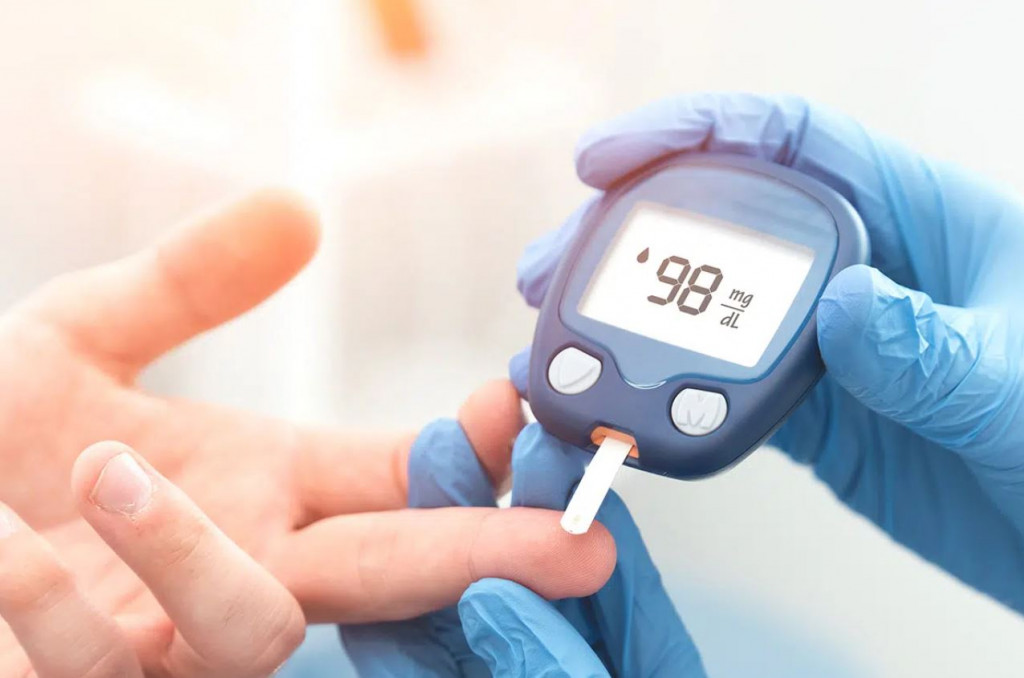
Within the field of diabetology, specialists known as diabetologists hold certifications from the German Diabetes Association (DDG). These professionals include internists focused on endocrinology and diabetology, as well as doctors who have additional qualifications in the area of diabetes care.
Diabetes mellitus, more commonly called “diabetes,” is a metabolic disorder characterized by consistently high blood sugar levels in individuals. The scientific and medical area of diabetology is dedicated to the study and management of various forms of diabetes, which encompass:
The responsibilities of a diabetologist involve both the diagnosis and treatment of all diabetes forms. Additionally, they manage health issues closely related to diabetes, like:
Furthermore, a diabetologist oversees preventive screenings to identify potential complications stemming from diabetes.
Typically, care for common cases of type 2 diabetes, also known as adult-onset diabetes, is provided by the patient's family doctor. The diabetologist usually takes charge of treatment only when insulin therapy is required or if complications have already developed, coordinating closely with the family physician.
Leave your email to get all hot deals & news which benefit you most!
© 2025 Copsecrescent Pharma. All Rights Reserved
We accept: